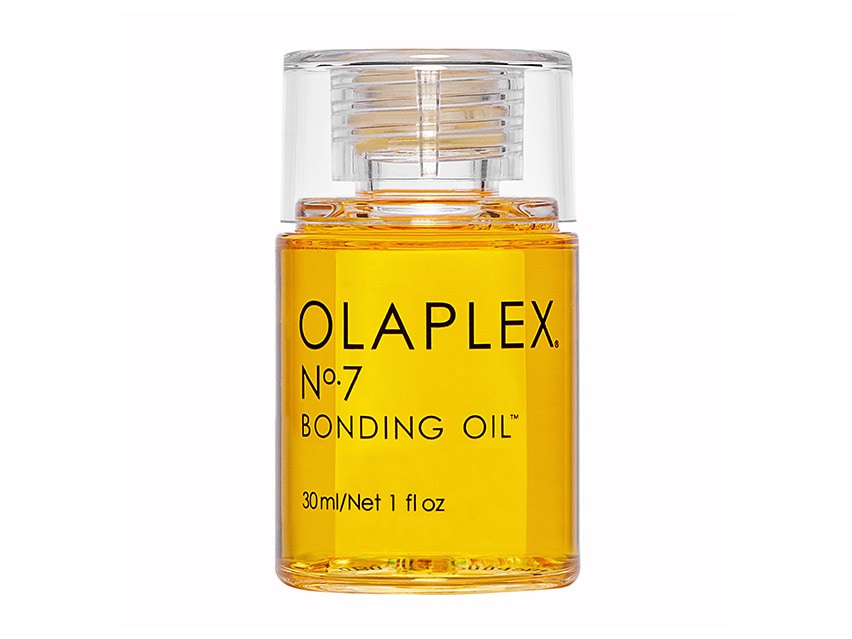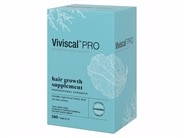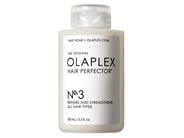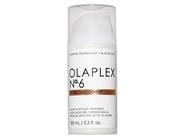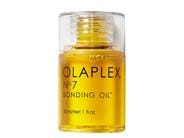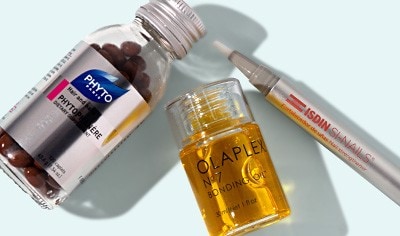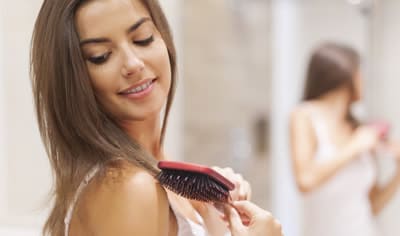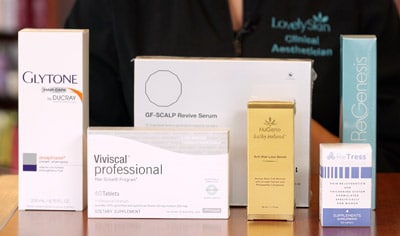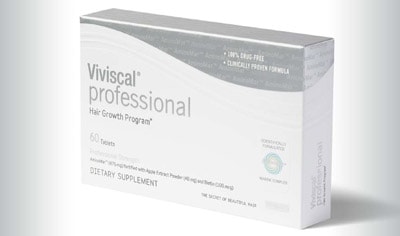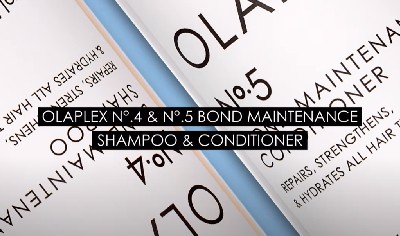
Board-certified dermatologist and LovelySkin CEO Dr. Joel Schlessinger is here to get to the bottom of recent questions about OLAPLEX and hair loss.
As recently covered by Dermatology Times, you've likely seen or heard that OLAPLEX has been in the news for a lawsuit filed by a group of women in California who claim the products caused hair loss. I wanted to take the time to share my thoughts with you and get to the bottom of these claims. In short, I am concerned that the products in question were not being used correctly and therefore lead to these issues. As a board-certified dermatologist, I feel confident in the safety and efficacy of OLAPLEX’s hair care line and continue to recommend them to my patients. I’ll touch on a few topics to explain why that’s the case.
Does OLAPLEX cause hair loss?
When it comes to claims like this, I always consider the source of the issue at hand. If it is a trial attorney who has launched a lawsuit, I tend to look deeper as, sadly, baseless lawsuits are a part of our system.
I contacted the team at OLAPLEX and spoke with their scientists about the recently announced lawsuit. From statements by their scientists and CEO, I was reassured about the safety and efficacy of these products.
Every OLAPLEX product is thoroughly tested by both their in-house formulators as well as independent third-party laboratories. The testing OLAPLEX uses is called Human Repeat Insult Patch Tests, also known as HRIPT, which means that every OLAPLEX product was tested on humans to make sure it does not cause any type of skin irritation, inflammation or sensitivity.
When hair products pass these industry-standard tests, it also means there is no inflammation caused to the hair follicle, which is a known cause of hair loss. To keep the whole process objective, these tests are done by a third-party laboratory. In response to this lawsuit about OLAPLEX and hair loss, OLAPLEX has publicly released the full range of safety tests on its website for transparency.
One of the reasons we brought on OLAPLEX to LovelySkin was that I am impressed by the innovative technology behind their products that actually improve the condition of hair by repairing the broken disulfide bonds in individual strands of hair that can lead to breakage, frizz and dryness. Using OLAPLEX products regularly can actually help repair hair that is damaged as a result of chemical treatments, environmental stress or heat styling.
Could the OLAPLEX bun trend be to blame?
I also wanted to address the so-called “OLAPLEX bun” that has been trending on social media. This DIY technique involves spraying OLAPLEX No. 3 Hair Perfector on wet or damp hair before pulling it up into a tight bun and leaving it that way throughout the day. One red flag with this usage is that OLAPLEX No. 3 Hair Perfector is not a leave-in product. The product’s instructions advise you to apply it to damp hair and rinse it out after letting it process for ten minutes. Leaving any product on your skin for prolonged periods when it is meant to be washed out is a terrible idea. If you have ever seen what Coca-Cola, for example, can do if left on a countertop or marble surface for hours (trust me, it’s not good), you can appreciate why any and every product should be used as the manufacturer intends.
Another reason I’m not a big fan of this off-label “hack” is that putting wet hair in a tight bun—with or without any hair products—is a recipe for fungal growth. It can also potentially cause hair damage and breakage. This happens because your hair is much more fragile when wet. Each strand of hair actually shrinks as it dries, which can cause damage if your hair is secured in a tight style and left to dry that way.
There are two OLAPLEX bun techniques that the company itself endorses that they’ve detailed on their website. The first is applying the No. 3 hair perfector, putting your hair in a bun while it processes for ten minutes, and then rinsing your hair. For an OLAPLEX bun you can wear all day, you can use two products that are intended as leave-in treatments: the No. 6 Bond Smoother Leave-In Treatment or the No. 7 Bonding Oil.
What does cause hair loss?
Hair loss is a very serious, emotional issue for all people who experience it, and I am often working with patients to find the source of hair loss they may be experiencing. There are a wide range of causes of hair loss, ranging from age and genetics to illnesses, infections and medications. In the past several years, specifically, I’ve seen a large number of patients who are dealing with hair loss after a COVID-19 infection. My personal favorite treatment designed to address hair loss is an oral tablet called Viviscal, which generally results in regrowth and thickening of hair.
Hair loss can also be tied to stress or hormonal changes due to pregnancy or childbirth. Oftentimes, there may be more than one potential cause in the mix when it comes to hair loss. It’s considered normal to shed between fifty and one hundred strands of hair a day, so if you suspect you may be losing more hair than that, I’d recommend making a visit to a board-certified dermatologist.
To get to the bottom of all your questions about OLAPLEX, check out the LovelySkin Blog today as Dr. Schlessinger discusses and answers your questions about OLAPLEX and infertility. And if hair loss or hair thinning is a concern of yours, you can learn more about the latest products to help with hair loss and thinning hair on the LovelySkin Blog.
Shop this blog
Are sulfates really bad for your hair an...
6 ways to use prebiotics in your skin ca...
Follow us on social
Follow us on social networks and be one of the first to learn about sales, giveaways, and free samples

